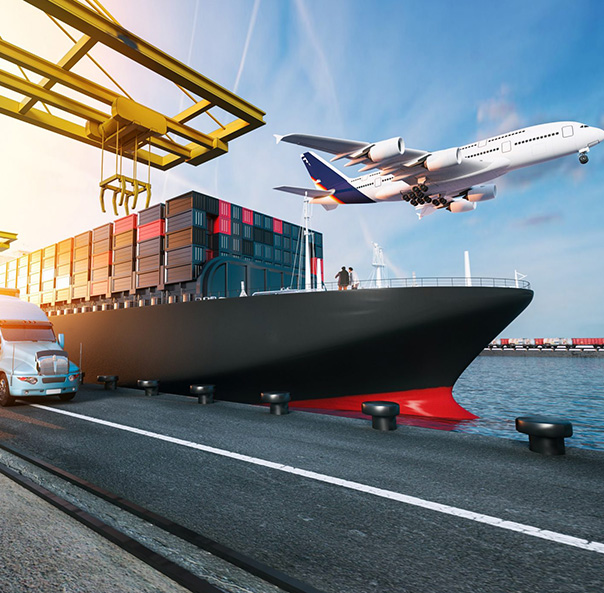Container shipping is the process of transporting goods in standardized metal boxes, called containers, that can be easily loaded and unloaded from ships, trucks, trains, and planes. Container shipping has revolutionized supply chain management by enabling faster, cheaper, and more reliable movement of goods across the world.
Before container shipping, goods had to be individually packed and unpacked at each port, which was time-consuming, labour-intensive, and prone to theft and damage. Container shipping eliminated the need for manual handling and repacking of goods, reducing costs, delays, and losses. Container shipping also increased the efficiency and flexibility of supply chains, as containers can be easily transferred between different modes of transportation and stored in warehouses or terminals until needed.
Container shipping has also facilitated global trade and the economy.
Container shipping is the process of transporting goods in standardized metal boxes, called containers, that can be easily loaded and unloaded from ships, trucks, trains, and planes. Container shipping has revolutionized supply chain management by enabling faster, cheaper, and more reliable movement of goods across the world.
Container shipping eliminated the need for manual handling and repacking of goods, reducing costs, delays, and losses. Container shipping also increased the efficiency and flexibility of supply chains, as containers can be easily transferred between different modes of transportation and stored in warehouses or terminals until needed.
Container shipping has also facilitated global trade and economic growth by allowing businesses to access new markets and sources of raw materials. Container shipping has lowered the barriers to entry for international trade, as small and medium-sized enterprises can use containers to ship their products without investing in expensive infrastructure or logistics. Container shipping has also enabled the development of complex and interdependent supply chains, where goods are produced in multiple locations and assembled in another, creating value-added products and services.
Container shipping is not without its challenges, however. Container shipping faces environmental issues, such as greenhouse gas emissions, air pollution, noise pollution, and marine litter. Container shipping also faces security risks, such as piracy, terrorism, smuggling, and cyberattacks. Container shipping also faces operational issues, such as congestion, capacity constraints, imbalances, and disruptions. These challenges require constant innovation and collaboration among various stakeholders in the container shipping industry.
Container shipping has revolutionized supply chain management by transforming the way goods are moved around the world. Container shipping has enabled faster, cheaper, and more reliable transportation of goods, creating new opportunities and challenges for businesses and consumers alike.
Container shipping has lowered the barriers to entry for international trade, as small and medium-sized enterprises can use containers to ship their products without investing in expensive infrastructure or logistics. Container shipping has also enabled the development of complex and interdependent supply chains, where goods are produced in multiple locations and assembled in another, creating value-added products and services.
Container shipping has revolutionized supply chain management by transforming the way goods are moved around the world. Container shipping has enabled faster, cheaper, and more reliable transportation of goods, creating new opportunities and challenges for businesses and consumers alike.
 عربي
عربي عربي
عربي